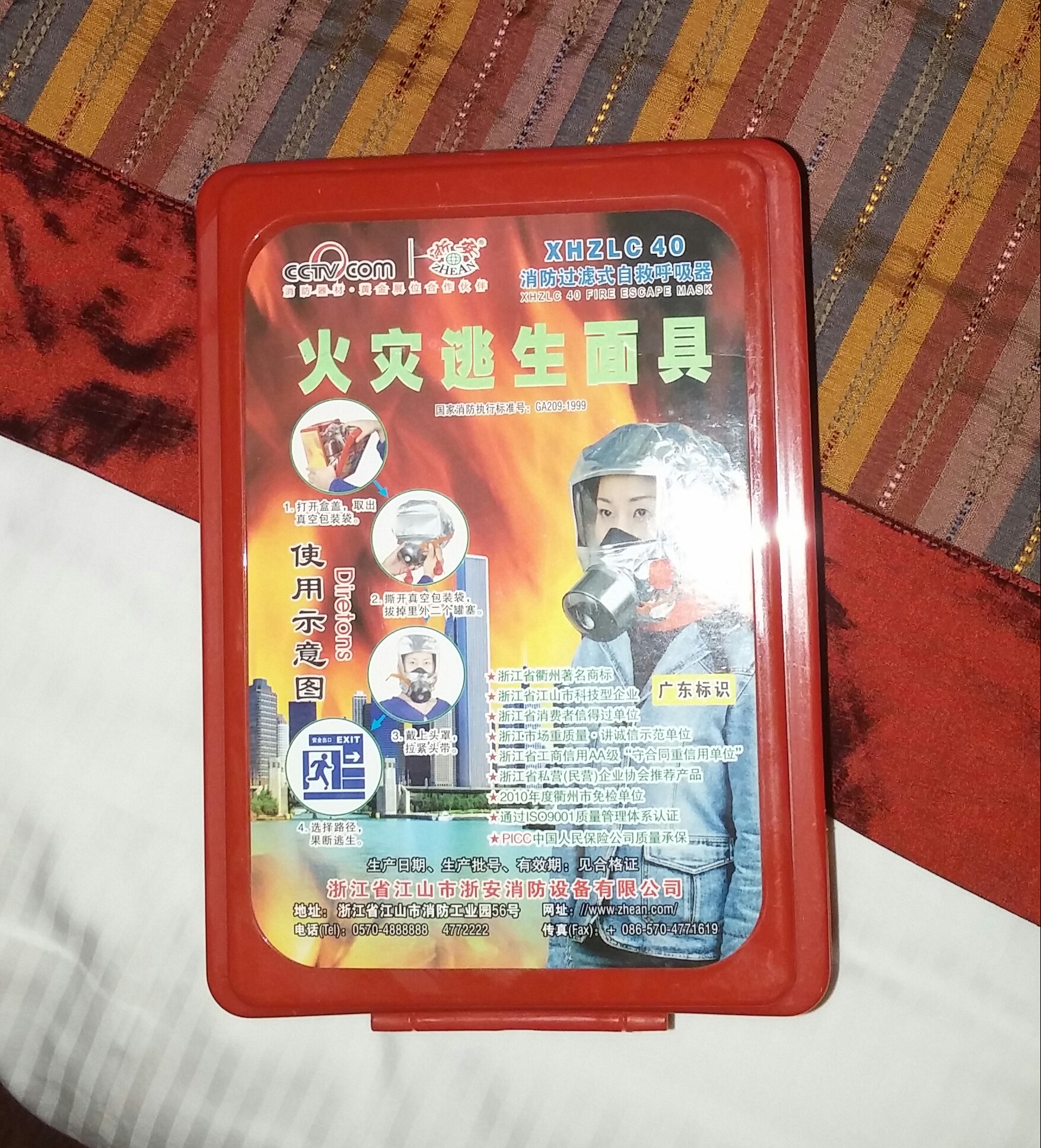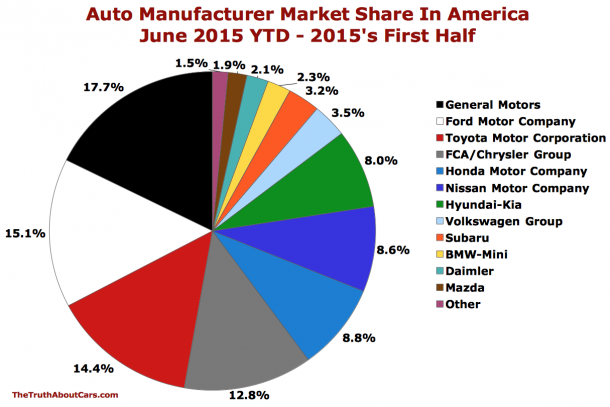At ESPN Product beats Talent
Recently cable sports behemoth ESPN, which likes to bill itself as 'The Worldwide Leader in Sports', announced on its website that it was not renewing the contract of well-known personality Keith Olbermann, who has had a long and checkered relationship with the network. This announcement follows fairly closely on the heels of ESPN deciding to not renew the contract of perhaps the network's most high-profile individual talent, Bill Simmons, editor of the sports and culture website Grantland, and host of the most popular sports podcast, The BS Report. In both cases, the network executives elected to move on without these high visibility, high maintenance, and high compensation performers for a couple of reasons, one more interesting than the other. Simmons, enjoying his time off
Simmons, enjoying his time off
At first glance these moves are straight up cost-cutting measures. It has been widely reported that ESPN's parent, Disney Corp, is looking for significant cost cuts at ESPN, as the sports division has seen a pretty dramatic increase in costs, primarily the rights fees it has to pay to sports leagues like the NFL and NBA for the rights to broadcast games. Increasingly in the heavily fragmented and competitive world of entertainment, particularly TV, live sports games, (along with awards shows), remain one of the very few types of TV shows that require and generate 'live' viewing. Therefore the value of these games has skyrocketed, the leagues recognize this, and are justifiably getting literally billions of dollars of fee increased from cable and broadcast networks for the rights. So, ESPN costs are going up, people like Olbemann and Simmons represent lots of salary costs, so simple math makes (and made), them both vulnerable.
But the other reason the two personalities were jettisoned is perhaps more interesting and instructive to the rest of us. ESPN, as we can see from the sports rights fees issues above, is essentially in the business of broadcasting live sports events - NFL game, NBA games, MLB games, etc. That is the 'product' they provide to their audience and sell to their advertisers, and as we see above, pay tremendous and increasing fees to acquire. Everything has to be about generating an adequate return on those investments. People like Simmons and Olbermann, (and hundreds of others at ESPN), exist mainly to enhance the product - talk about the games, analyze the strategies, provide insight to the outcomes, and be entertaining while doing all of these things. But none of those things are the actual product - they only support the product. Simmons and Olbermann are more or less the back office, while the folks that acquire and produce the games, (and sell the ads), are the revenue generators.
Simmons and Olbermann are (mostly) Genral and Administrative costs to be trimmed, not significant Top Line drivers, (it has been reported that Grantland has never been profitable and podcasts, even Simmons' are notoriously difficult to monetize, and Olbermann's show was not a big revenue producer).
And when you are G&A, no matter how funny and glib and well-known, your heads are always going to be first up on the chopping block when budget cuts are looming. You have to understand where you fit in the organization, not just on the org chart, but on the Income Statement.
At ESPN, and I suppose where you work too, Product drives the Top Line. Not all talent does however. And good luck to folks who can't tell the difference.

 Steve
Steve



